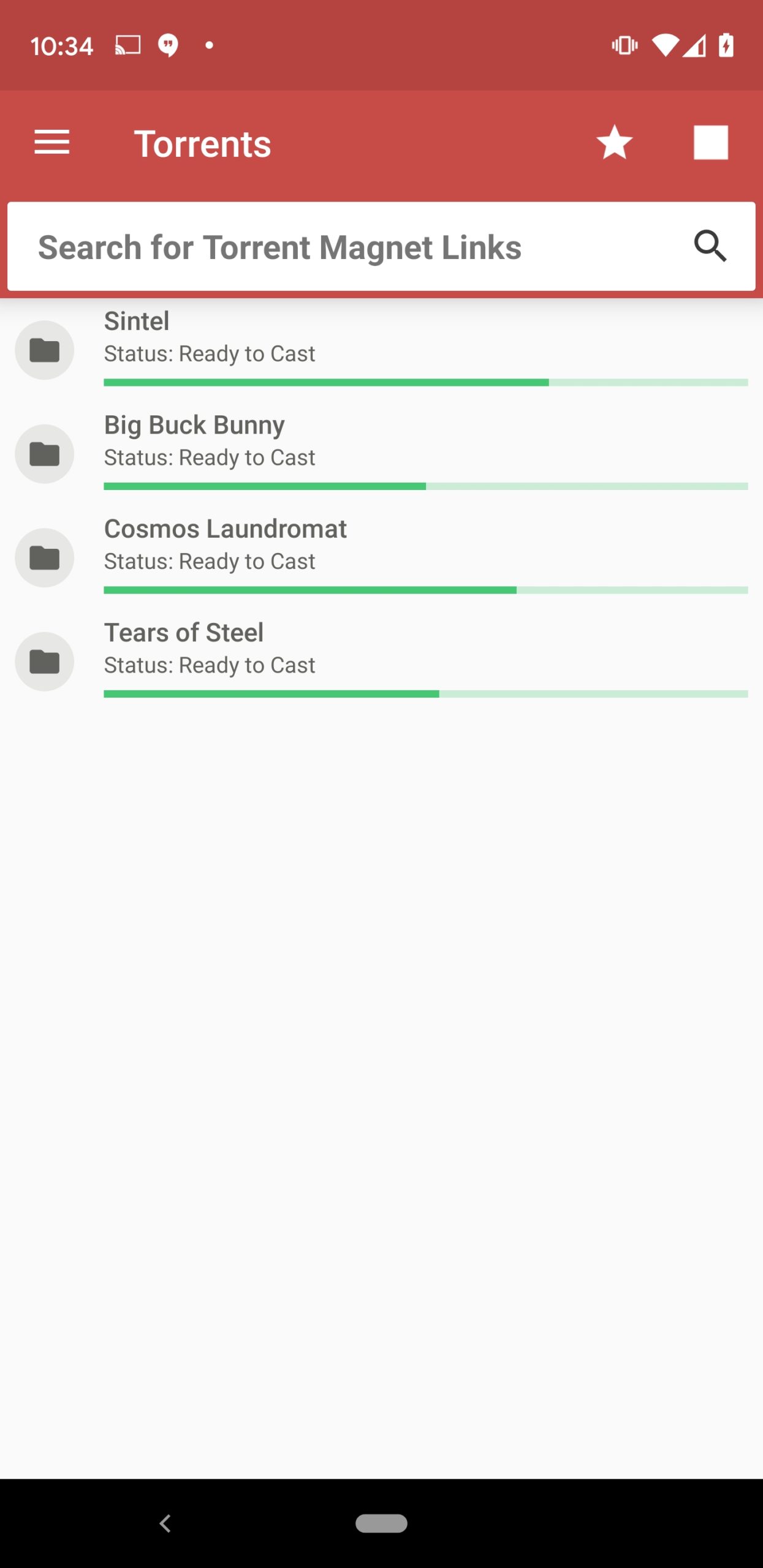

The Internet Archive actually already updated their torrent files so they work great with WebTorrent. Rarely-accessed content can be served reliably over HTTP from the origin server. Popular content can be served browser-to-browser, quickly and cheaply. Non-profit projects like Wikipedia and the Internet Archive could reduce bandwidth and hosting costs by letting visitors chip in. One of the most exciting uses for WebTorrent is peer-assisted delivery. What are some interesting use cases for torrents beyond what people already know they can do?

By making an awesome torrent app that people really want to use, we increase the number of peers in the network that can share torrents with web peers (i.e.

So basically, WebTorrent Desktop was our way to speed up the adoption of the WebTorrent protocol. Some torrent apps like Vuze already support web peers, but we didn't want to wait around for the rest to add support. WebTorrent follows the BitTorrent spec as closely as possible, to make it easy for existing BitTorrent clients to add support for WebTorrent. “Web peers” (torrent peers that run in a web browser) make the BitTorrent network stronger by adding millions of new peers, and spreading BitTorrent to dozens of new use cases. It brings the promise of interoperability with web browsers – one giant P2P network made up of all desktop BitTorrent clients and millions of web browsers. The WebRTC protocol is the next logical step. Every mainstream torrent client eventually adopted uTP, and today you can use BitTorrent over either protocol. Later, uTP came along promising better performance and additional advantages over TCP. In the early days, BitTorrent used TCP as its transport protocol.
Webtorrent js download#
If we can already download torrents in my web browser, why a desktop app? įirst, a bit of background on the design of WebTorrent.

WebTorrent is the first step in the journey to re-decentralize the Web. No more client/server – just a network of peers, all equal. The more people that use a WebTorrent-powered website, the faster and more resilient it becomes.īrowser-to-browser communication cuts out the middle-man and lets people communicate on their own terms. Imagine a video site like YouTube, but where visitors help to host the site's content. You can see a demo of WebTorrent in action here: webtorrent.io. Using open web standards, WebTorrent connects website users together to form a distributed, decentralized browser-to-browser network for efficient file transfer. No browser plugin, extension, or installation is required. It's written completely in JavaScript and it can use WebRTC for peer-to-peer transport. WebTorrent is the first torrent client that works in the browser. This week we caught up with and to talk about WebTorrent, the web-powered torrent client that connects users together to form a distributed, decentralized browser-to-browser network.


 0 kommentar(er)
0 kommentar(er)
